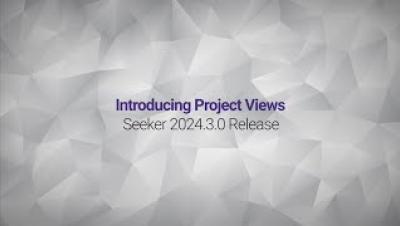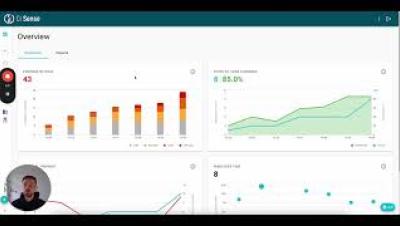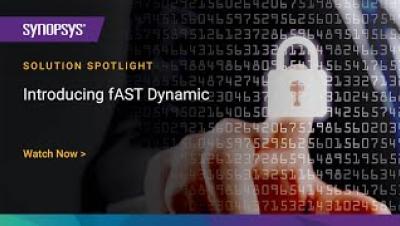How to write 30% fewer tests with fuzzing
While unit testing is crucial for improving code quality and reducing later testing time, it consumes at least 15% of developers' time. Developers can utilize automated fuzz tests to allocate more time for developing new features. They replace negative test cases, constituting around 30% of unit tests. In a recent analysis of a Java project using a fuzzing platform, a single fuzz test was equivalent to potentially 309 unit tests, achieving 74% code coverage within just 25 seconds.











